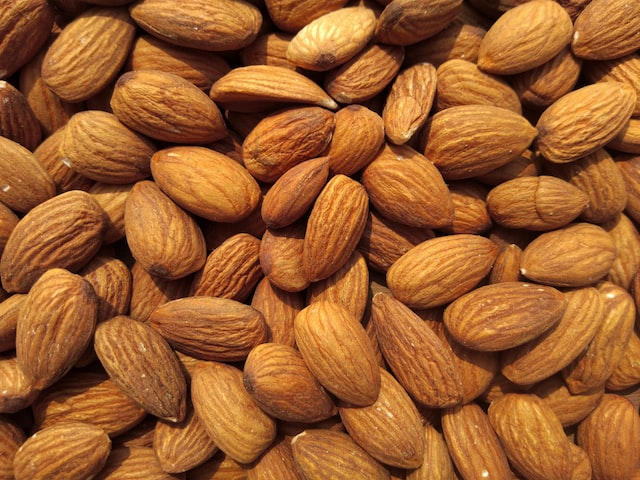W7 Almond Update: Increase Production in Australia and Raised Global Prices

Almond Production in Australia Expected to Increase 59% YoY in 2024
According to Rabobank, Australia's almond production is expected to reach 164 thousand metric tons (mt) kernel weight equivalent (KWE) by 2024, a 59% increase compared to 2023. This improved harvest prospect is anticipated to boost Australia's almond exports, which typically account for 80% of the country's total production. Notably, the volume of exports to India has increased by 140% year-on-year (YoY) in 2023 (Mar-23 to Nov-23) due to the tariff reduction on Australian almonds to India. However, the exports to China decreased by 32% YoY due to the sluggish economy. Despite this setback, Australia's export strategy remains promising due to its efforts to diversify export destinations. Moreover, growth in other export markets and domestic sales contribute positively to the industry's overall performance.
Global Almond Prices Expected to Rise in the Next 12 to 18 Months
Global almond prices are forecasted to increase over the next 12 to 18 months due to a dip in production in 2022 and 2023, coupled with a resurgence in global demand. Despite an expected growth in global almond production over the next five years, the demand for almonds will also rise due to the growing popularity of health and plant-based diets, rising incomes, and lower inflation. However, challenges such as geopolitical tensions, logistical difficulties, energy costs, and intensifying competition also need to be addressed.
Blue Diamond Almond Shipment Increased 3% YoY and 3% MoM
The January Position Report for the Blue Diamond Almond market showcased a record-breaking month with 236 million pounds (lbs) in shipments, reflecting a 3% increase compared to Dec-23 and Jan-23. Exports remained strong, reaching a new monthly high at 173 million lbs, indicating a significant 12% YoY increase. Domestic shipments also peaked at 63 million lbs for the year, showing an 11% month-on-month (MoM) growth but a 5% YoY decline. Despite this slight decline in domestic shipments, the total shipments remained ahead of last year's pace by an impressive 8.6%.
